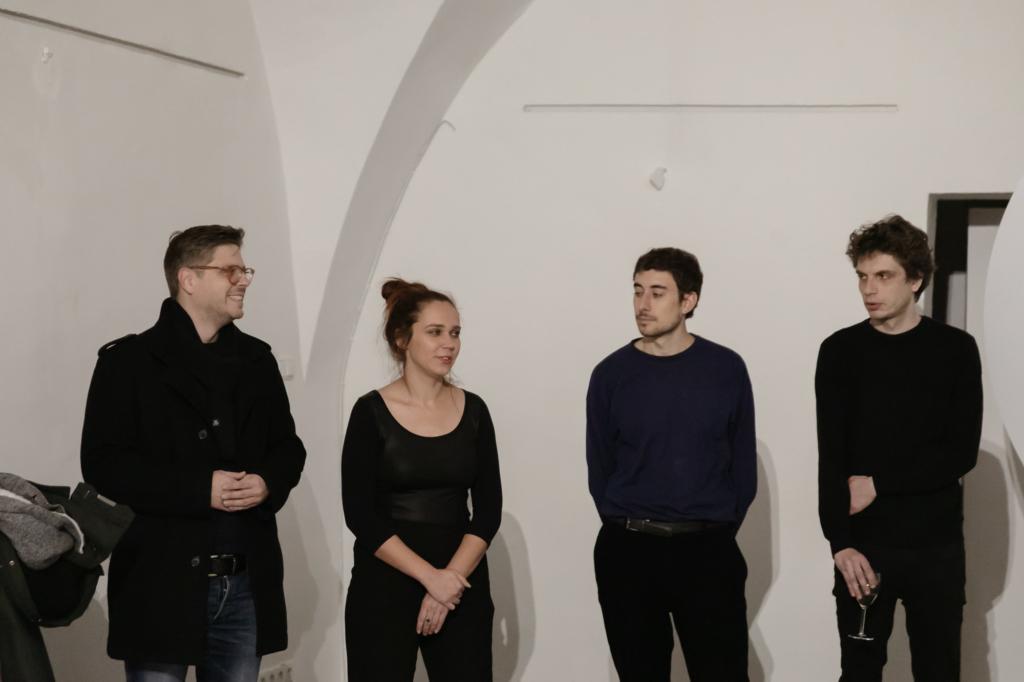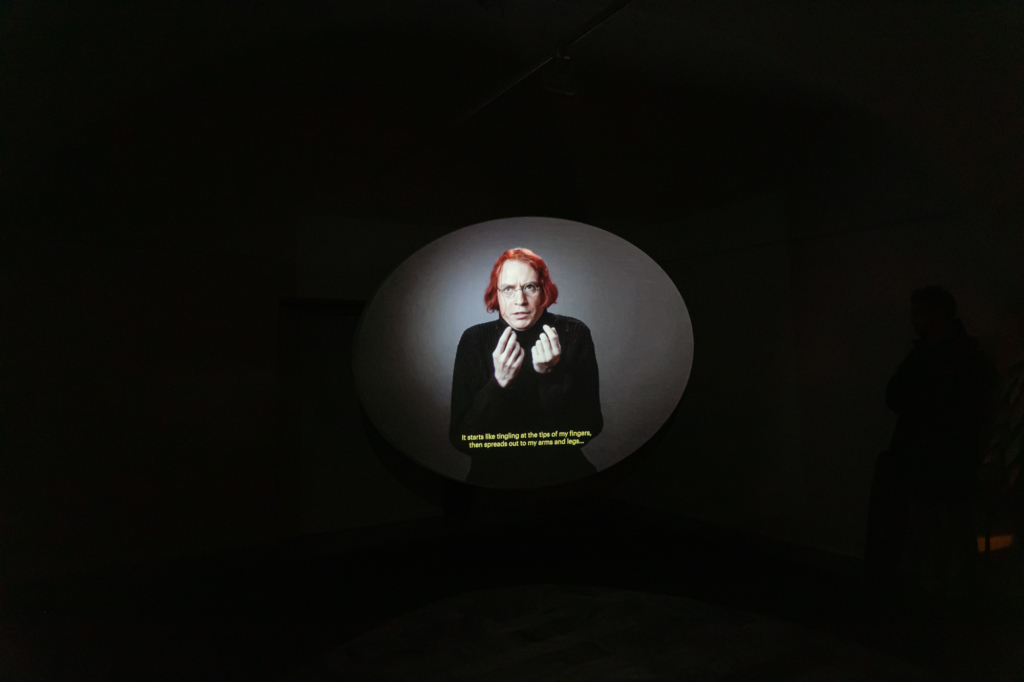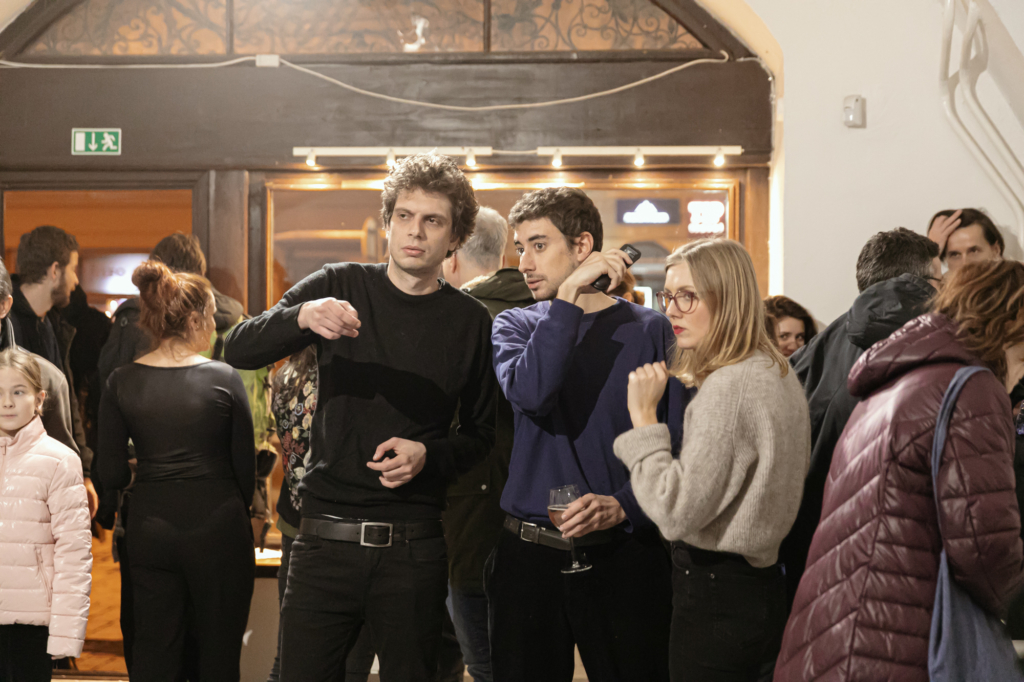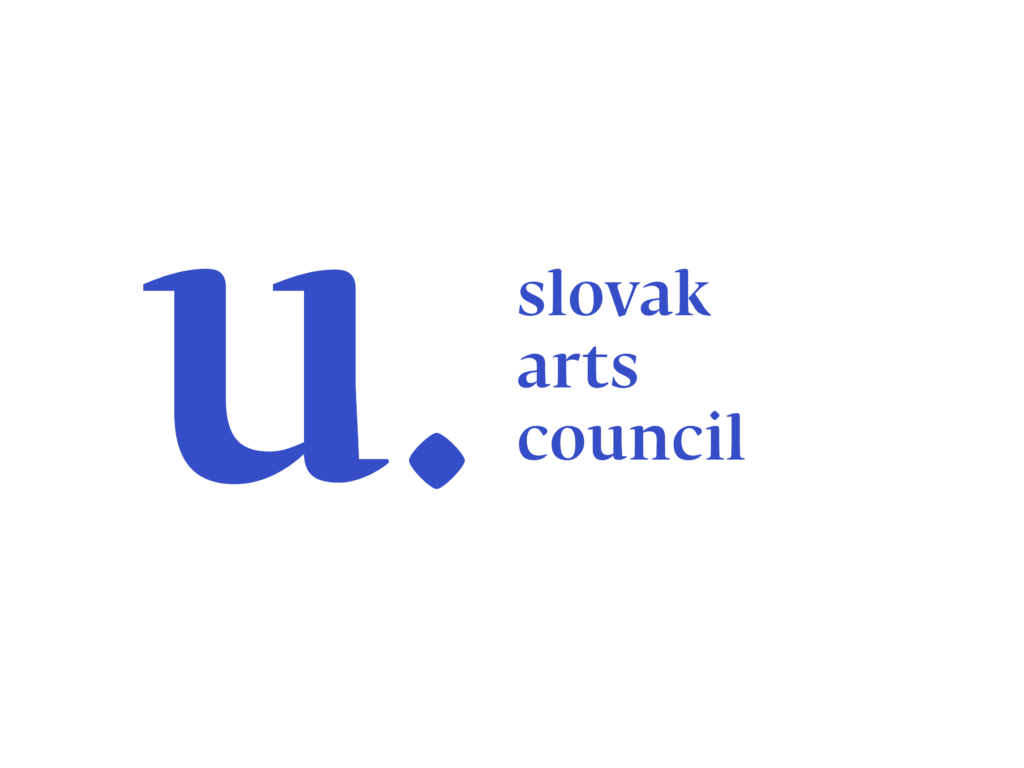A fictional documentary about a day without end holds up a mirror to contemporary urban life
Imagine you live in a city where it never gets dark. It may sound appealing at first, especially during the winter months, when in our latitudes it gets dark in the afternoon and many of us only see daylight from outside the office or school windows. On the other hand, when was the last time we experienced true darkness? Don’t we live in such a city already? In their fictional documentary Second Sun, artists Nikola Ivanov and Pau Saiz Soler depict Košice as a city where, thanks to a satellite reflecting the rays of the sun, it never gets dark. Through the main characters of the documentary, the film reflects on the consequences of the absence of night on the inhabitants, nature, architecture, tourism and economic development.
Nikola Ivanov works mainly with video and photography. He is currently studying a PhD programme at the UMPRUM (Academy of Arts, Architecture & Design) in Prague. For the last five years he has been working on the topic of the biopolitics of sleep, about which you can read in his book Odpočinek v neklidu (Rest in Restless Time). In his dissertation, he continues with the related theme of the colonisation of the night, where he addresses the question of how modernity is changing our perception of the night. Pau Saiz Soler studied industrial design in Barcelona and then went on to study for a Master’s degree in design in Geneva, in a program that is largely interdisciplinary and experimental, which has given him more opportunities to create artistic projects. In his thesis, he focused on the Russian satellite Znamya, which was designed to reflect solar radiation and provide twenty-four hour illumination of a selected area. Just a few months after the publication of his thesis, Nikola contacted him, and since then they have been thinking about the possibilities of future collaboration.

Nikola and Pau met in person for the first time in Košice. They responded to an open call for a two-month media art residency and applied with a project inspired by the Znamya satellite. The original idea for the residency was to create a fake company that wanted to launch such a satellite over Košice. Typically for art residencies, the original project proposals evolved and changed through the interaction of the artists and the new environment. Finally, the artists asked themselves the question: what would happen if a satellite created a day without end here in Košice? On this basis, the fictional documentary Second Sun was created.
The idea of a kind of reflector that reflects sunlight and illuminates the earth can be found in various scientific and technological contexts in many countries over the last hundred years. However, this idea has never been fully carried out. In Russia in 1993, a project was tested for a fleet of satellites that could illuminate, for example, territories in Siberia without the need to build power lines to places where gas was being extracted. The test of the first prototype satellite was successful and its effect during a flight lasting several hours was observable in various parts of Europe, such as France, and in western Russia. The second prototype of the Znamya satellite was larger and was to be remotely controlled from the ground. However, the test ended in failure and the mirror reflecting the sun’s radiation was damaged due to a technical error. The third planned test of the satellite did not take place. Probably there was no funding for it in the late 1990s and Russia’s priorities shifted elsewhere, as the golden era of space travel and huge investments in space exploration became history.

The main characters of Second Sun are: the scientist behind the technical construction of the satellite, the local politician who gets the citizens to approve its placement in a referendum, a resident who is scared of the dark, and an activist fighting for the removal of the satellite and the return of the natural alternation of day and night. In the film, the filmmakers explore the consequences that such a satellite could have for the inhabitants and for nature, many of which are not just the product of their creativity, but are inspired by reality. Although the fictional documentary shows events that did not take place anywhere in the world, it nevertheless holds up a mirror to contemporary life. The big problem of today’s cities is light smog and a lifestyle that does not respect the alternation of day and night. In the film, a scientist points out the benefits of working constantly at any time during the never-ending day. In the same way, we today have the possibility of continuous work and play in artificially illuminated cities. However, this takes a toll in the form of an irregular circadian rhythm, which is directly related to melatonin production and sleep quality, and therefore to quality of life. Through the character of an activist, the film further reflects on the impact of the satellite on plants and animals, and also on urban architecture. A local politician emphasises the benefits for tourism and economic development and downplays the problems it brings to the local population on a daily basis at the cost of revenue to the city treasury. The main characters may seem very authentic or even archetypal at times, but any resemblance to real people is purely coincidental.

Nikola Ivanov and Pau Saiz Soler in autumn participated in a two-month artist residency programme focusing on media art. The media art residencies are organised annually by the Košice Artist in Residence programme and Creative Industry Košice for artists from UNESCO’s Creative Cities network. The Second Sun project was presented by the artists during the Art and Tech Days festival. “We are really happy with the collaboration. We are grateful for this residency because it has allowed us to get in touch with the people who helped us in making the video, as well as with the actors who play the main characters. It’s great when you meet creative people, bring a proposal, work it out a bit with them and feel like part of a small community,” says Nikola about the residency programme, and the collaboration between Košice Artist in Residence programme team and the audiovisual studio Onomatopoje.
Invisible Mag is supported using public funding by Slovak Arts Council. The Slovak Arts Council is the main partner of the project.

